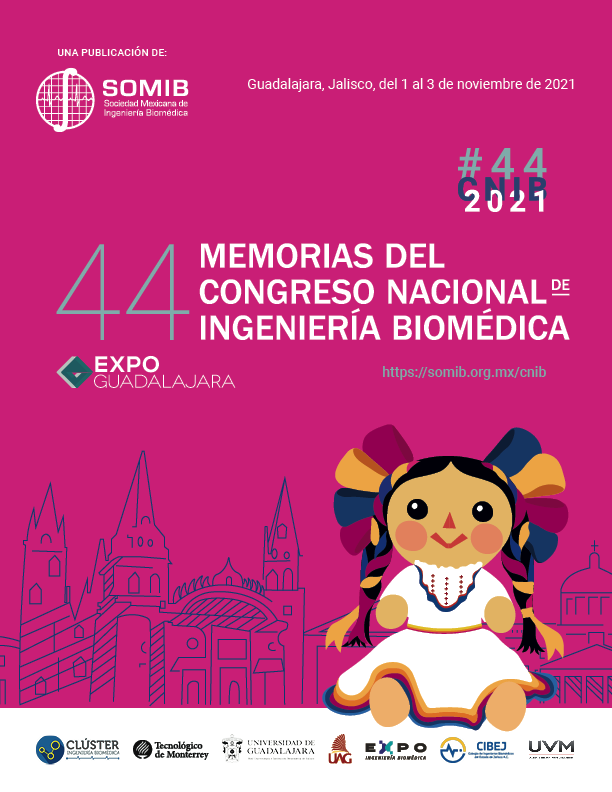Modelo no paramétrico por redes LSTM del reflejo vestíbulo-ocular en respuesta a aceleraciones inducidas
Main Article Content
Abstract
The following work introduces a non-parametric, long-short term memory (LSTM) neural network model to represent the vestibulo-ocular reflex in response to induced accelerations. This study includes the development of a device to obtain the data required to train the model including inertial measurement units and electrocolugraph (EOG) sensors. The model seeks to mimic the biological response of the vestibular apparatus and nuclei through the obtention of accelerometer and gyroscope data while attempting to track a reference set by the EOG measurements in the training process of the LSTM identifier. The implementation of learning laws that guarantee the modeling error is converging the origin justifies the implementation of LSTMs as artificial models of the vestibulo-ocular reflexes. The modeling results show a short convergence time and a low mean squared error obtained after a cycle of measuring analysis, thus showing that the model can successfully track the proposed EOG reference and can be used to assess the response of people in induced acceleration conditions such as flying simulation, vestibular rehabilitation and some other.
Article Details
DERECHOS DE AUTOR Y DERECHOS CONEXOS, las MEMORIAS CONGRESO NACIONAL DE INGENÍERIA BIOMÉDICA es una publicación editada por la Sociedad Mexicana de Ingeniería Biomédica A.C., Plaza Buenavista, núm. 2, Col. Buenavista, Delegación Cuauhtémoc, C.P. 06350, México, D.F., Tel. +52 (555) 574-4505, www.somib.org.mx, correo-e: secretariado@somib.org.mx. Editor responsable: Elliot Vernet Saavedra. Reserva de Derechos al Uso Exclusivo No. 04-2015-011313082200-01, ISSN: 2395-8928, ambos otorgados por el Instituto Nacional de Derechos de Autor.

